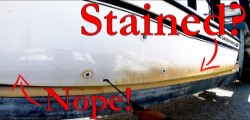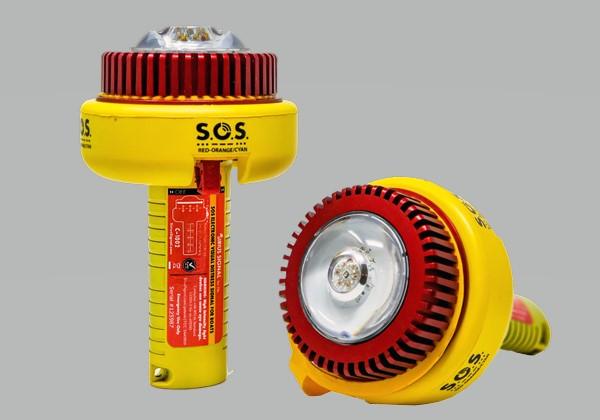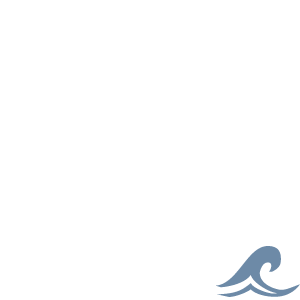
From boatingindustrycanada.ca 12/13/21
Sirius Signal, the leader in marine safety innovations, is pleased to announce that Transport Canada has approved the use of its flagship electronic visual distress signal device (eVDSD) as a nighttime distress signal for pleasure craft. This device has had US Coast Guard approval for some time now. The C-1002, the industry’s first and only two-color distress light approved for carriage, completely and legally replaces the need to carry marine flares and includes features that enhance its functionality to the level of an alert and notification system.
“We’re thrilled that Transport Canada is allowing the use of eVDSDs that are certified to the Radio Technical Commission for Maritime Services standard 13200.0,” said Anthony Covelli, Sirius Signal CEO, “since we’re the only manufacturer that currently builds to that standard. The C-1002 is the most sophisticated multi-LED handheld device on the planet — one that required sophisticated engineering and many new innovative solutions to overcome daunting challenges.”
The C-1002 flashes the internationally known SOS distress signal — three short flashes, three long flashes, three short flashes, using a two-color SOS and a separate infrared SOS flash pattern (red/orange and cyan) that has been found more effective against shoreline background light clutter, according to studies conducted by the U.S. Coast Guard R&D Center. The C-1002 is also Bluetooth-enabled with advanced mobile app connectivity, providing an additional layer of protection and communication for recreational boaters — and its infrared signal will be recognized by SAR aircraft from miles overhead










